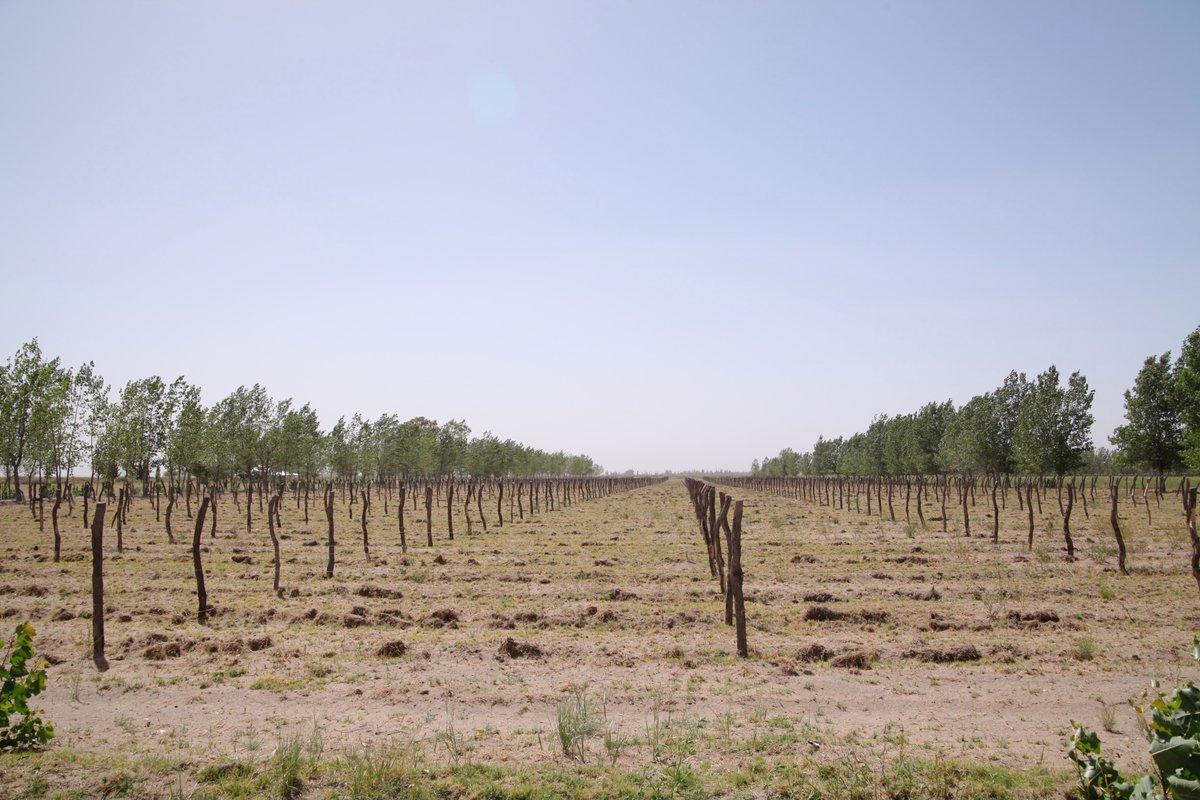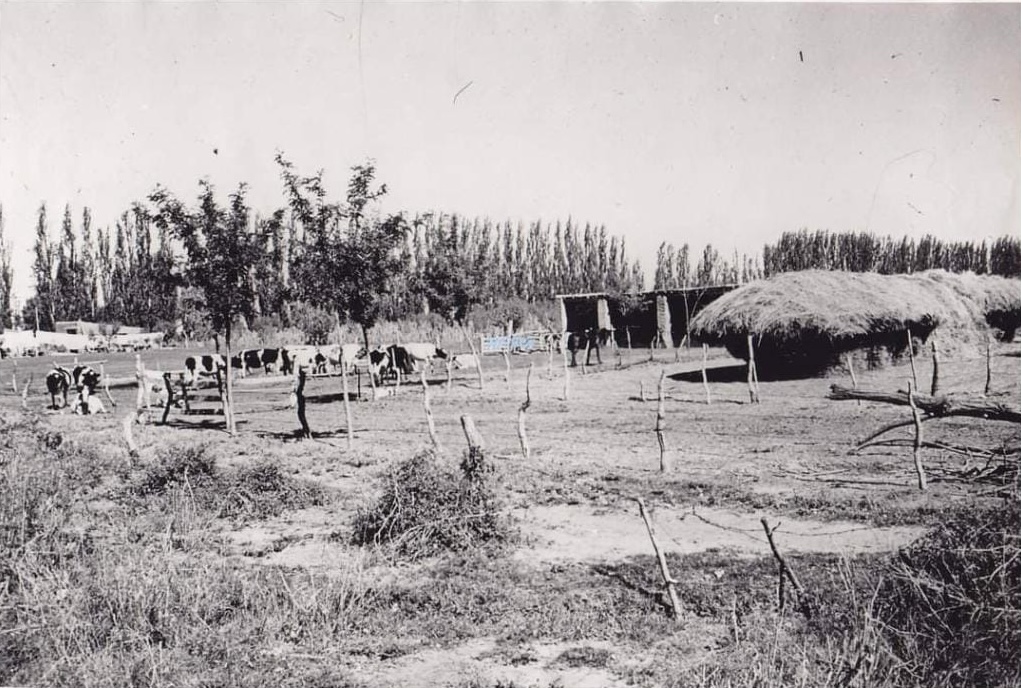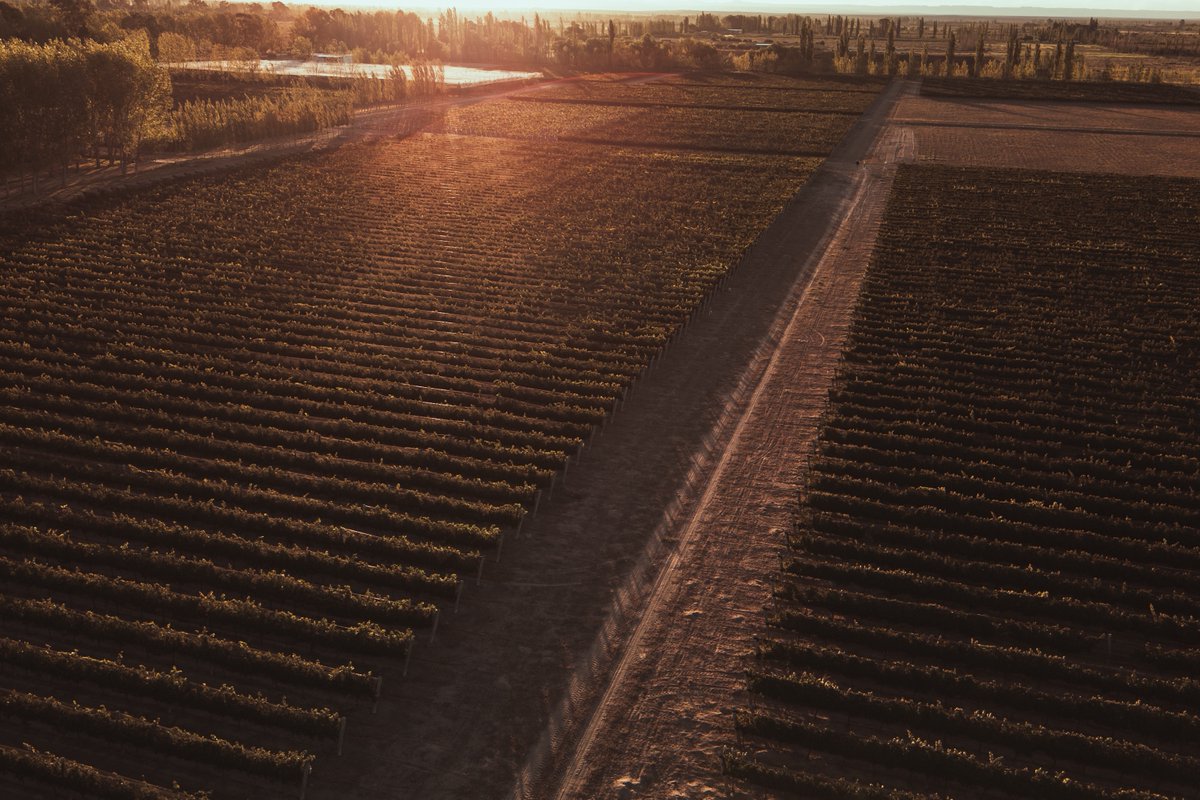
How I ended up buying a farm in Argentina.
For most of my life, I’ve had a nagging sense that civil unrest, financial turmoil, and the danger of not being prepared were always just around the corner. I’ve never been good at guessing when it would all go wrong—many false alarms along the way. I’m a spiritual man, and I believe we’ve been granted mercy more times than we deserved. It’s as if some unseen hand has held back the tide of judgment we, as Americans, have earned with our ways. I keep praying we’ll receive that mercy again, that we won’t have to face the consequences staring back at us.
But if trouble does come, it seems wise to have a place to run to, a haven away from the madness that would follow. That’s what got me looking southward, down to South America, for a "bolt-hole" in the early 2000s. I started searching for properties, mostly in Chile and Argentina. Back then, they seemed like equals, both holding promise. But the pendulum swings, and one country would look better than the other every few years. For a while, Argentina took the lead, and the case for it has been well argued by others. At the time, I was nearing the end of a long, hard career in medicine, which began as an emergency physician. Over twenty years of nights and weekends, dealing with trauma and adrenaline. I’d look in the mirror and see the toll it took on me. In 2001, I started an urgent care business—something easier on the body but harder on the mind. Managing payroll, navigating the headaches of being an employer—it was four years before I broke even. I’d taken a big pay cut to walk that path, and for a long while, it looked like I’d made a mistake. The stress was different, but it was still stress. So when I began looking for a bolt-hole, I was still knee-deep in that business. This was something I’d planned for the future—a backup plan.
During my search, I found a property I became enamored with. An old farm in southern Mendoza, not far from the snow-fed canals that bring life to the desert. I knew enough to know that if you want to farm in the desert, water is everything. This place had it in spades. It had irrigation rights so old they were grandfathered in—first call on the water whenever it flowed. Those kinds of rights haven’t been granted in a century. I fell in love with the photos: a cellar with a barrel of wine and a full jamón crudo hanging from the rafters. I was ready to go look the very next day. But my wife and I had a trip planned to Europe the following week, so I couldn’t change it. Still, I made up my mind—I’d visit right after we got back. But when I returned, the property was gone. Sold. Just like that. I kept looking, combing through dozens of websites. But everything I found was either a rundown wreck or way out of my price range. Then, by pure luck, I stumbled across something on eBay—yes, eBay. It caught my eye. Much of Argentina is divided into neat grids—roads running north-south, east-west. Each road one kilometer apart. And this property? It was a perfect square: one kilometer by one kilometer. One million square meters of dirt. A full section. That’s a hundred hectares, which comes out to about 250 acres.
The farm was called El Tambo—an old dairy farm. “Tambo” means dairy in these parts. There were faded photos of dairy cows, memories of a time when they cooked down the milk with sugar to make Argentina’s beloved dulce de leche. They slather that caramel on everything—sweet, sticky, and delicious. My travel window had closed, so I convinced my brother and his wife to make the trip and scout it out. Their report wasn’t encouraging. Everything was neglected, crumbling, in need of more than repair—in need of rebuilding. Still, it felt right. And sometimes that’s all you have to go on. So, I bought it—sight unseen. That's how Familia Morgan was started. Many trials and tribulations followed. But that’s a story for another time.





